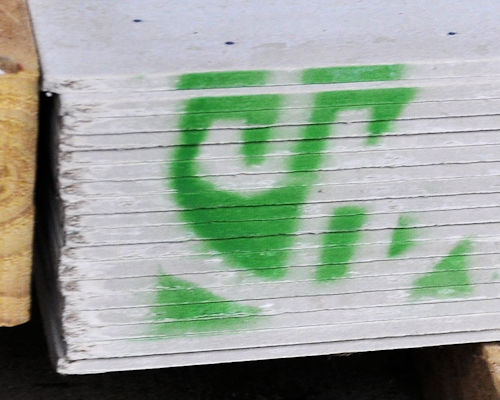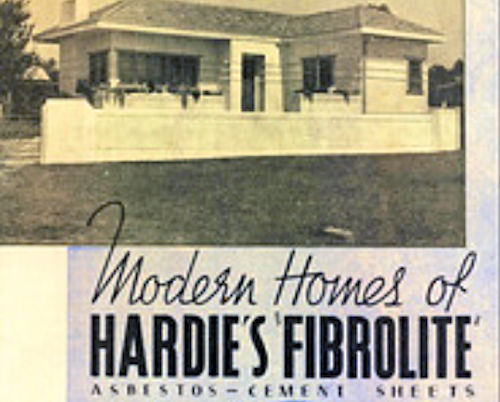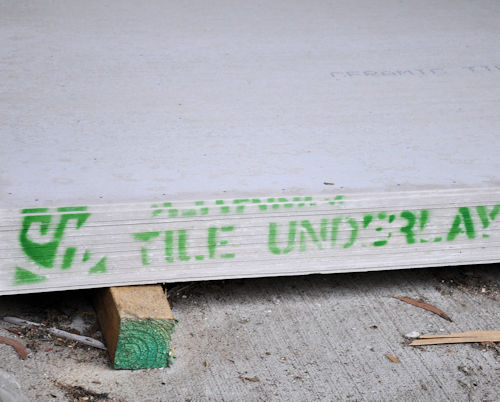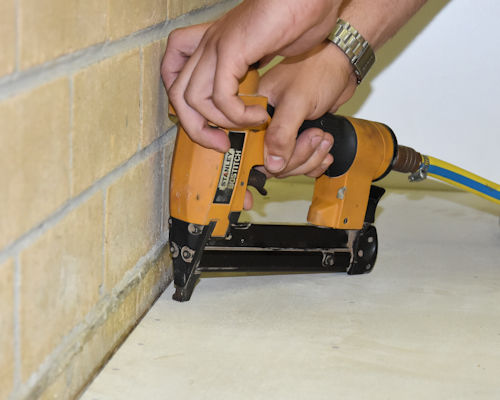Fibre cement
 Audio for slide 1 (mp3 |6|KB)
Audio for slide 1 (mp3 |6|KB)
Fibre cement is made from a mixture of cement, sand, water and cellulose fibres.
As a building material, it's used in a wide variety of products, including cladding, lining boards, structural flooring and underlay.
Chemical additives are put into particular products to improve their performance, depending on their intended use.

 Audio for slide 2 (mp3 |6|KB)
Audio for slide 2 (mp3 |6|KB)
Traditionally, fibre cement sheets were referred to as 'fibro' and until the mid 1980s were manufactured using asbestos fibres for reinforcement.
On building plans it was generally marked as AC sheet, which stood for 'asbestos cement' sheet.
Although modern fibre cement sheets don't contain any asbestos, you still need to be careful with the dust generated from cutting the sheets, because the airborne particles can damage your lungs over time if you don't take proper precautions.
You also need to be extremely careful when pulling up old asbestos-based flooring products in buildings where the installation work was done prior to the 1990s. We have discussed the safety controls relating to handling asbestos-based products in other units in this Flooring Technology series.

 Audio for slide 3 (mp3 |6|KB)
Audio for slide 3 (mp3 |6|KB)
Fibre cement as an underlay product
Fibre cement underlay is highly resistant to termite attack, fungal decay and mould growth. It is also very stable and has minimal swelling and shrinkage due to moisture content changes.
This makes it very suitable for use in wet areas and under tiles that are laid using a mortar bed.

 Audio for slide 4 (mp3 |6|KB)
Audio for slide 4 (mp3 |6|KB)
James Hardie produces two fibre cement underlay products - one for vinyl and cork floor coverings and one for ceramic tiles.
The vinyl and cork underlay sheet size is 1200 x 900 mm, with a thickness of 5 mm.
The ceramic tile underlay has a sealer that increases the cement-based adhesive working time.
Its sheet size is 1800 x 1200, with a thickness of 6 mm.






